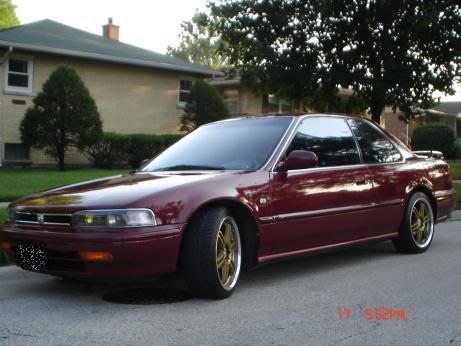Please DO NOT Post In The General Section
From this point on until otherwise briefed, posting in the general section of Performance Tech is prohibited. The only thing to remain here will be the stickies. We would just delete this section, but that would cause unintended results.
The majority of the threads created can appropriately be placed in one of the Performance Tech sub-forums or Technical; and the posting of them here is detrimental to the activity of said forums. If you have any questions about where you need to place your thread PM me or one of the other mods.
For the most part you all have caught on without this post, but there have been a few habitual offenders that forced me to say this.
Everyone will get a couple of warnings from here on out, after that I just start deleting threads.
Again if you have any questions, PM me or one of the other mods.

 Horribly O/T but I am wondering about the comment made about freeing up torque?
Horribly O/T but I am wondering about the comment made about freeing up torque?


 I suppose it only applies to moving parts though! Thanks for the explination.
I suppose it only applies to moving parts though! Thanks for the explination. 


Comment